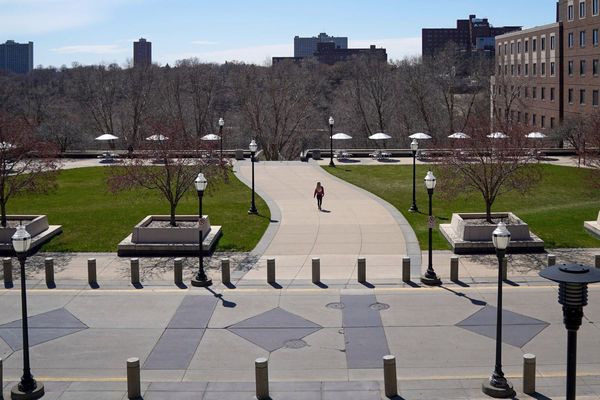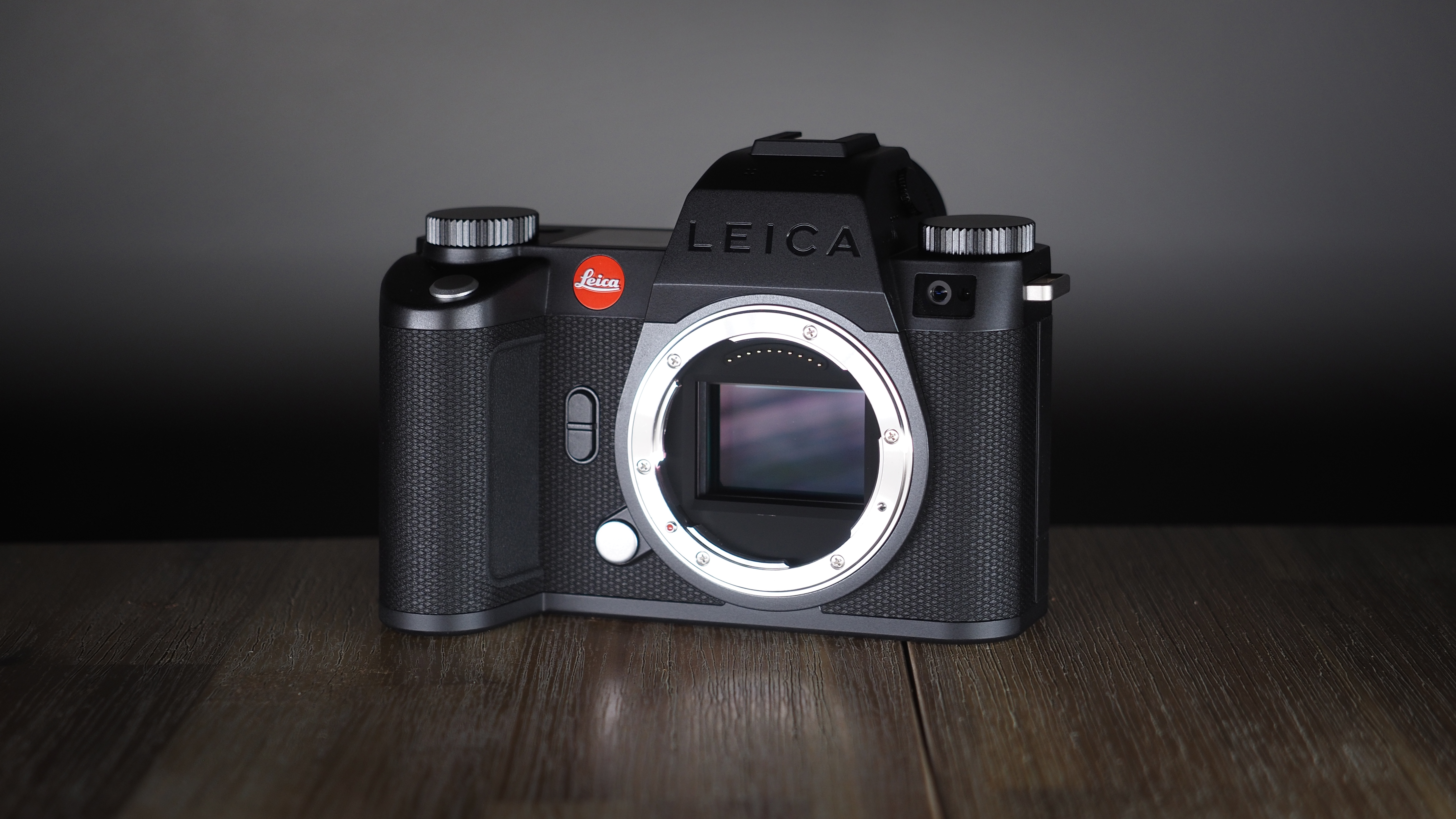
An idea seems to have taken over in the world of digital photography that bigger is always better, that price is an indicator of quality or ‘professionalism’ or that more features and better specifications always indicate a better camera. More is always better, right?
This is particularly true for sensor formats, where a full frame camera will always be considered superior to an APS-C camera, and even the best Micro Four Thirds camera will always be considered inferior to both. Just because of sensor size. It’s worse still for smartphones, point and shoot compacts and action cameras, which have even smaller sensors, and which will be instantly dismissed by large swathes of the ‘serious’ photographic community – despite the fact they can do things that bigger cameras can’t.
Now it’s true that a larger sensor will always offer better dynamic range, less noise and superior detail rendition to a smaller one – or more megapixels at no cost to image quality. The differences aren’t always large or even important, but they are there and they are provable. If it's resolution you're after, then check out our guide to the highest resolution cameras on the market.
But image quality alone does seem a very narrow definition of a ‘good’ camera. Indeed, bigger sensors bring more cost, more design compromises and more limitations in camera design than smaller ones. Even the best full frame cameras, while they might be better for image quality, may be considerably worse at the kinds of jobs you need a camera for.
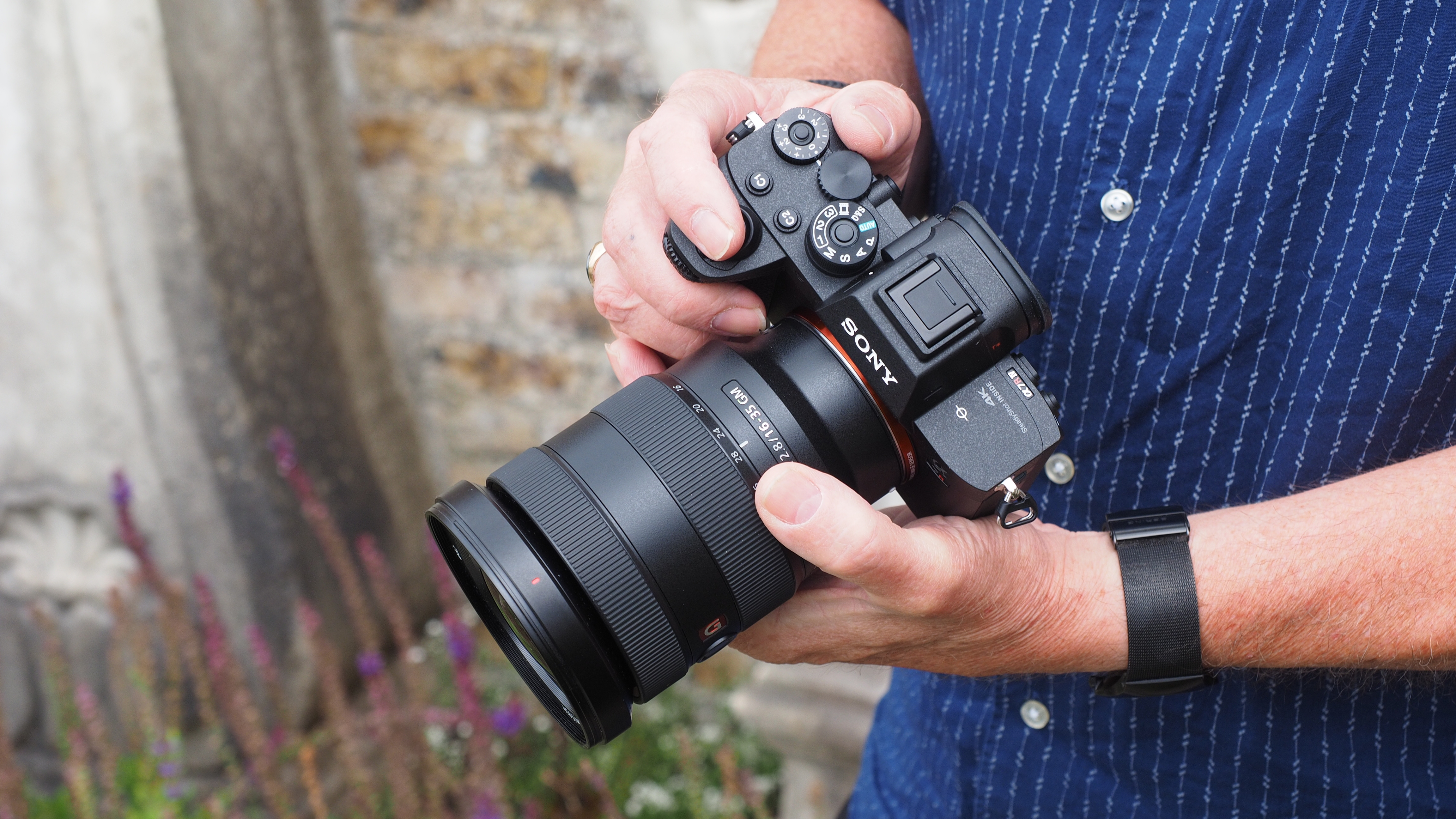
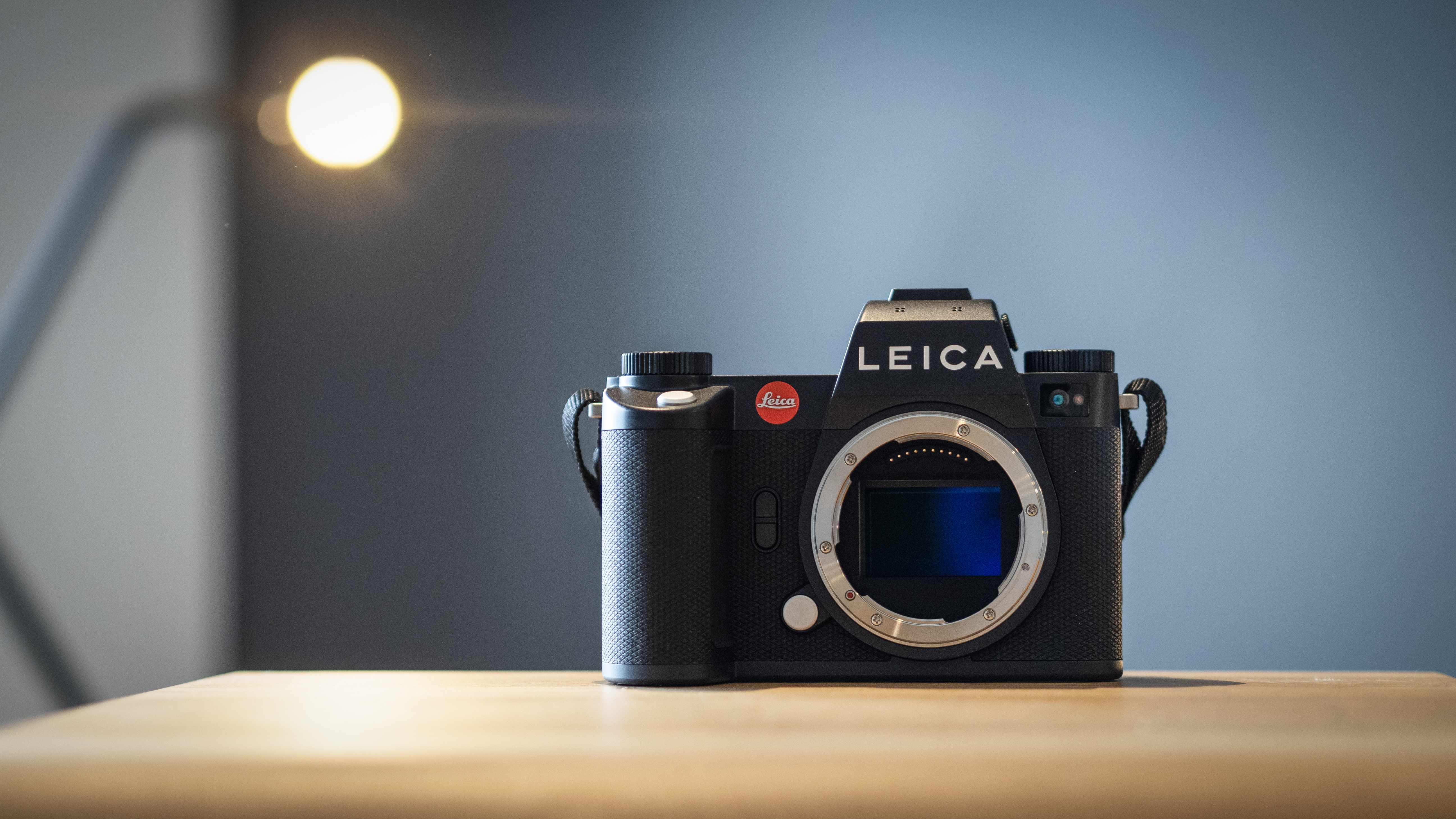
I’ve just spent a week with the Leica SL3-S, one of the best hybrid cameras you can buy (albeit at a price) and certainly one of the best Leica cameras at the moment. But best for what? For video, you might be better off with a Panasonic Lumix GH7, which has a smaller sensor but rock-steady stabilization and a fuller set of codecs and frame rates – and a size which makes it much more vlogger friendly.
So while the SL3-S is a beautiful camera, I wouldn’t choose it for vlogging. I certainly wouldn’t take one travelling – I’d go for something smaller and lighter, with smaller and lighter lenses. Perhaps an OM System OM-3, or a Fujifilm X-T50. Both are ‘inferior’ cameras, if that’s how you care to judge it, but better at this kind of work.
If I wanted to shoot handheld in ultra-low light, I don't think I would choose a full frame camera. Bigger sensors are harder to stabilize than smaller ones, and fast full frame lenses are much heavier and much more expensive. A full frame sensor might deliver less noise, but the other compromises are considerable and can easily outweigh this technical advantage.
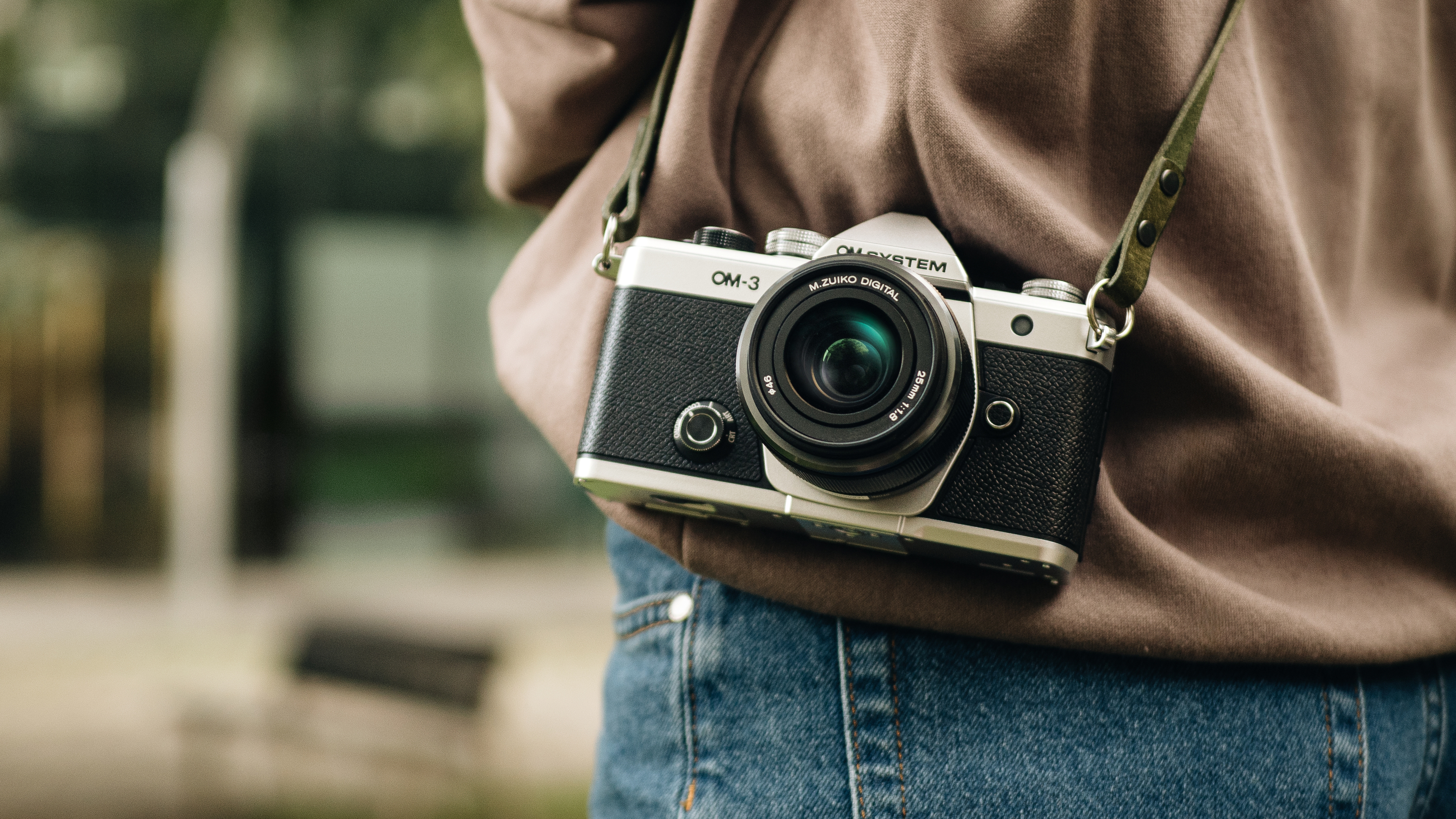

And if you want to fix a camera to your helmet, your surfboard or to the side of your race car, then are you going to use a GoPro or a full-frame hybrid camera? Obvious, isn’t it? The ‘best’ camera isn’t always the one with the biggest sensor, it’s the one that’s best at the job you bought it for. The best action cameras are cheap enough to be expendable and light enough to attach anywhere. Full frame cameras are neither.
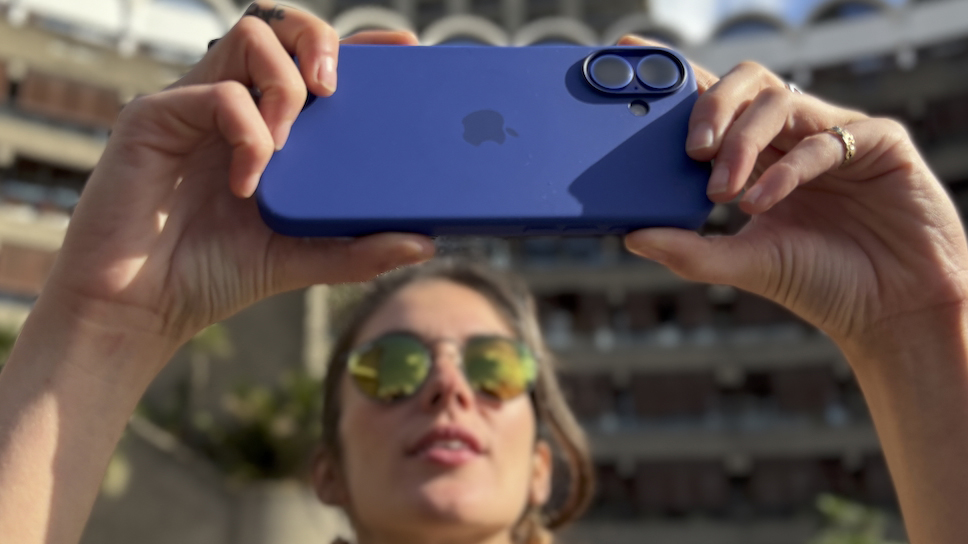
Occasionally I like to shoot a little street photography. So what’s the best camera for that? A full frame camera with a 35mm prime lens, or equivalent? I find both too conspicuous, drawing too much attention. For me, it’s got to be my iPhone, which has the smallest sensor of all my cameras but just happens to be the best of them, for me, for this kind of photography.
So let’s not get too hung up on sensor size as a measure of camera quality and which are the best cameras. It’s A measure, of course, but a very narrow one. And going for a full frame system means accepting a lot of compromises in cost, weight and operability that could actually make it worse for the kind of photography you want to do. A professional camera is one that gets the job done, not the one that’s biggest, has the biggest sensor or costs the most.





